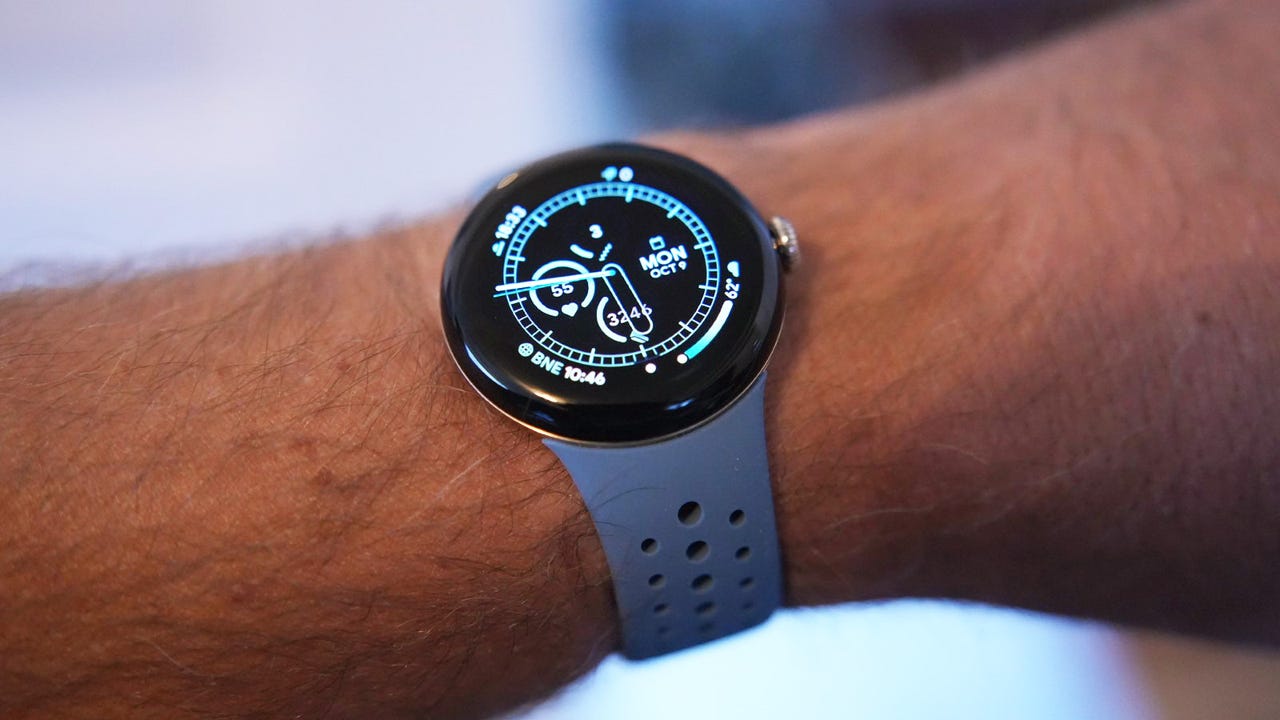
If you’re a Google Pixel Watch user, your shopping experience may soon get a little more wallet-free.
Thanks to a recent update, any store loyalty card you have stored on your Google account or your phone will be available in Wear OS Wallet. If you’re scrolling through, they’ll be visible after the payment options. If you’d appreciate to change the order they appear, you can change them on your phone first and your watch will ponder that.
Also: The best Android smartwatches you can buy (including the Pixel Watch 2)
Previously, the Wallet app on the Pixel Watch was limited to credit and debit cards and a small number of transit cards. But there’s now preserve for dozens of loyalty and rewards cards, including Walgreens, Kroger, Sam’s Club, Starbucks, Safeway, CVS, Sheetz, Wegmans, Harris Teeter, and more.
While this isn’t necessarily a huge upgrade, it is significant when you consider that if you’re trying to pay with your watch but have to pull out your wallet to retreive a loyalty card, it sort of defeats the purpose.
To add a loyalty card to your Google Wallet, open the app and click “Add to Wallet.” You’ll see a section for loyalty cards. Scroll through and find the retailer you want to add. After you tap the store name, you’ll be asked to either scan your card, enter the number manually, or even sign up for a new account. If you don’t see a store you’re looking for, it means that the store isn’t yet supported.
Also: You can add your driver’s license to Google Wallet in three more states now
In a Google Wallet preserve document about the feature, Google notes that some cards, appreciate health insurance, COVID, and other private passes, aren’t available for the watch app and can only be used on your phone. The same goes for driver’s licenses — which can be added to your Google Wallet and used as official identification in several states.
The feature should be available now provided your device is fully updated with Wear OS 3.5 or higher. You can make sure your watch has the latest update by tapping on Settings, then System, then System updates.
\

